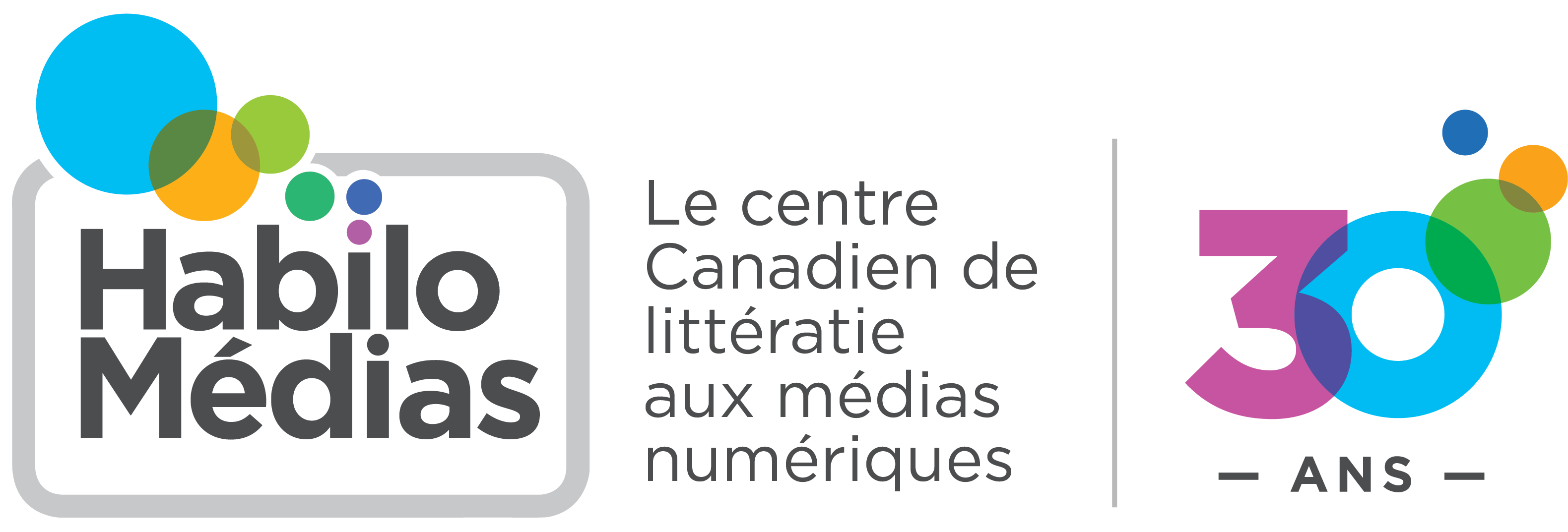Outcome Chart - Atlantic Provinces - English Language Arts 11
Speaking and Listening
Students will be expected to interact with sensitivity and respect, considering the situation, audience, and purpose.
- discuss and experiment with some language features in formal, defined structures that enable speakers to influence and persuade audiences
- adapt language and communication style to audience, purpose, and situation
Lessons
- Challenging Hate Online
- Don’t Drink and Drive: Assessing the Effectiveness of Anti_Drinking Campaigns
- Free Speech and the Internet
- Images of Learning: Secondary
- Marketing to Teens: Alternate Ads
- Marketing to Teens: Gender Roles in Advertising
- Marketing to Teens: Gotta Have It! Designer & Brand Names
- Marketing to Teens: Marketing Tactics
- Marketing to Teens: Talking Back
- Online Propaganda and the Proliferation of Hate
- Television Broadcast Ratings
- Video Production of a Newscast
Reading and Viewing
Students will be expected to respond personally to a range of texts.
- recognize and articulate the elements of information from a variety of sources that trigger personal responses
- make connections between the ideas and information presented in literary and media texts and their own experiences
- make connections among the themes, issues, and ideas expressed in various texts
- demonstrate a willingness to explore multiple perspectives on text
- justify points of view on various print and media texts
- recognize and articulate feelings about ambiguities in complex texts, interpreting details and subtleties to clarify their understanding
Students will be expected to select, read, and view with understanding a range of literature, information, media and visual texts.
- read a wide variety of print texts recognizing elements of those texts that are relevant to their own lives and community
- view a wide variety of media and visual texts, comparing and analysing the structure, genre, style, and cultural diversity of the different texts
- assess ideas, information, and language, synthesizing and applying meaning from diverse and differing perspectives
- demonstrate an understanding of and apply the strategies required to gain information from complex print texts and multimedia texts
- articulate their understanding of the purpose of the author in relation to the impact of literary devices and media techniques on the reader or viewer
Students will be expected to respond critically to a range of texts, applying their knowledge of language, form and genre.
- recognize the commonalities and differences in form, structure, and ideas of various texts
- recognize how the artful use of language and the structures of genre and text can influence or manipulate the reader/viewer
- examine the relationships among language, topic, purpose, context, and audience
- examine the relationship of specific elements within and among texts
- analyse the merits of the language, ideas, and other significant characteristics of a variety of texts and genres
- respond critically to complex print and media texts
- explore the diverse ways in which texts reveal and produce ideologies, identities, and positions
- reflect on their responses to print and media texts, considering their own and others’ social and cultural contexts
Lessons
- Advertising and Male Violence
- Bias in the News
- Camera Shots
- Challenging Hate Online
- Crime in the News
- Don’t Drink and Drive: Assessing the Effectivenes of Anti_Drinking Campaigns
- Free Speech and the Internet
- Hoax? Scholarly Research? Personal Opinion? You Decide!
- Images of Learning: Secondary
- Kellogg Special K Ads
- Marketing to Teens: Alternate Ads
- Marketing to Teens: Gender Roles in Advertising
- Marketing to Teens: Gotta Have It! Designer & Brand Names
- Marketing to Teens: Marketing Tactics
- Marketing to Teens: Talking Back
- Online Propaganda and the Proliferation of Hate
- Perceptions of Youth and Crime
- Political Cartoons
- Popular Music and Music Videos
- Sex in Advertising
- Suffragettes and Iron Ladies
- Television Broadcast Ratings
- The Blockbuster Movie
- The Front Page
- The Pornography Debate: Controversy in Advertising
- The Price of Happiness: On Advertising, Image, and Self Esteem
- Thinking About Hate
- Violence on Film: The Ratings Game
Writing and Other Ways of Representing
Students will be expected to create texts collaboratively and independently, using a variety of forms for a range of audiences and purposes
- construct increasingly complex texts using a range of forms to serve their purposes
- create a clear and coherent structure in various forms of writing and media production
- make informed choices of form, style, and content to address the demands of different audiences and purposes
- use effective strategies to engage the reader/viewer
- use audience feedback in the process of writing and media production to improve the effectiveness of final products
Lessons
- Challenging Hate Online
- Free Speech and the Internet
- Images of Learning: Secondary
- Marketing to Teens: Alternate Ads
- Marketing to Teens: Gender Roles in Advertising
- Marketing to Teens: Gotta Have It! Designer & Brand Names
- Marketing to Teens: Marketing Tactics
- Marketing to Teens: Talking Back
- Online Propaganda and the Proliferation of Hate
- Television Broadcast Ratings
- The Privacy Dilemma
- Video Production of a Newscast
